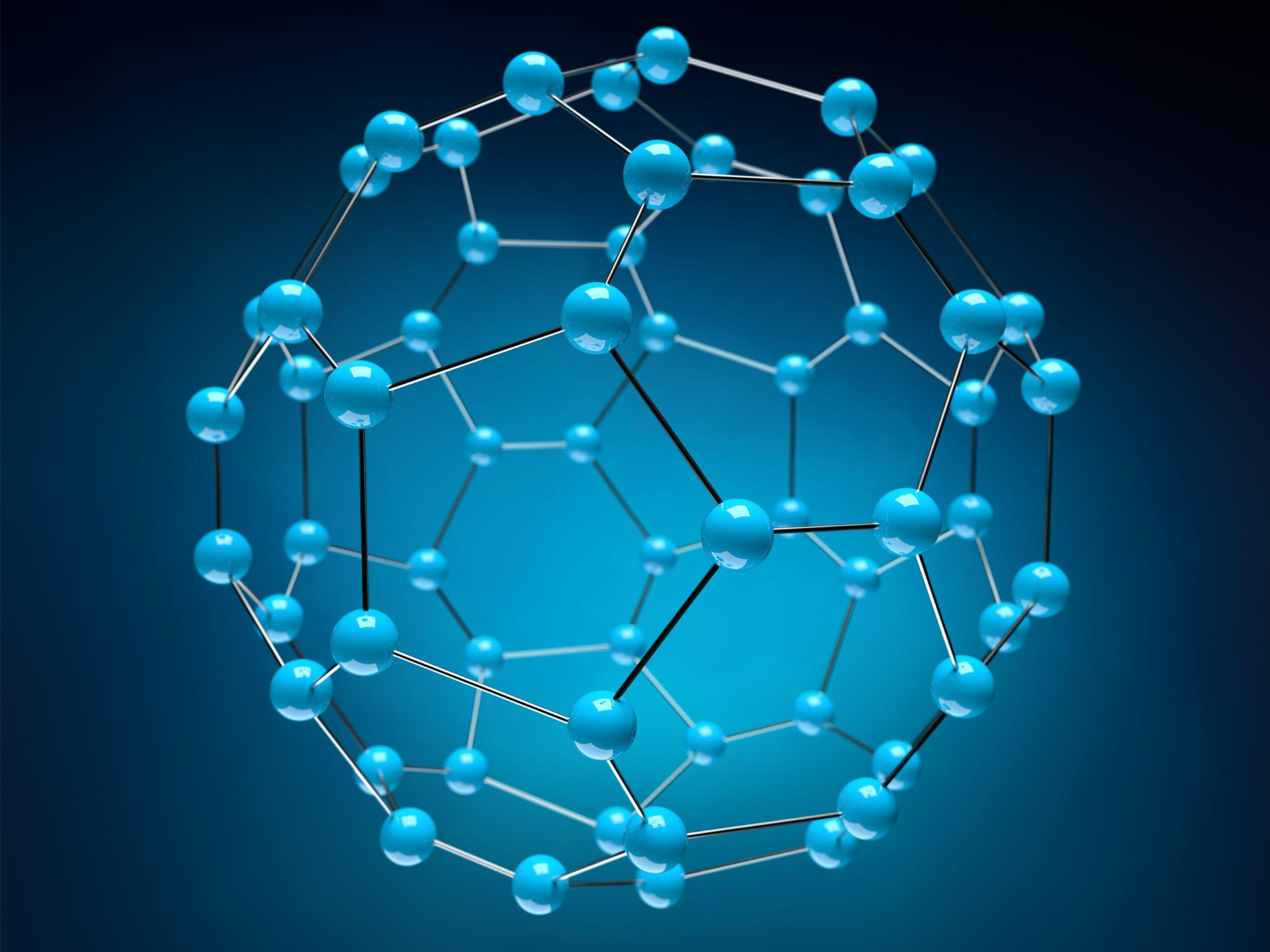Connect with us
Published
2 weeks agoon
By
admin
An international team of researchers has made significant strides in understanding the natural formation of fullerenes, large carbon molecules, in the universe using the Swiss SLS synchrotron light source at PSI. Previous speculations regarding the existence of fullerenes in space were confirmed by simulating reactions at PSI, leading to findings published in Nature Communications. These unique carbon structures, resembling shapes like soccer balls and nanotubes, were first synthesized in laboratories in the 1980s, with C60 “buckyballs” later discovered in space by the Spitzer infrared telescope in 2010.
The researchers created a mini reactor at PSI to observe fullerene formation in real-time, starting with the creation of a corannulene radical at high temperatures, which then reacted with vinyl acetylene to develop into larger structures. They utilized advanced techniques, including photoelectron photoion coincidence spectroscopy, to analyze the distinct variants formed during the process. This research highlighted the complex chemistry of the universe, confirming the existence of corannulene and vinylacetylene as precursors to fullerene formation. The team aims to conduct further experiments to deepen their understanding of buckyball and nanotube formation in cosmic environments.


















